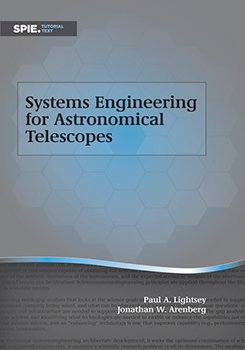|
This chapter introduces a real-world example of early concept development: the starshade, used to detect extra-solar planets. It provides a suitable pedagogic example because of its history and literature. Second, the combination of the difficult problem it seeks to address and the relatively simple concept of operation makes it appropriate for the present discussion. This chapter's discussion follows the development from its nascent stages to the start of technology development (Fig. 7.1) - functionally, it is similar to the CMLs defined in Chapter 2 and represented in Fig. 7.2. The starshade is a shaped disk with tapered petals that apodize the aperture and suppress the Spot of Arago (see Section 7.5). The binary starshade with apodizing petal was introduced in 2006. It has since matured, and NASA has formed working groups to advance the TRL as well as a program office. This particular technology was chosen because it is relatively easy to understand. It illustrates that the order in which these problems and challenges were resolved allowed for the logical early development, preparing for its maturation into a potential NASA flight project. The following sections are a selection of the early history of the development of the starshade. They are intended to show the guided development that was undertaken and do not represent a comprehensive history in any respect. |
|
|


